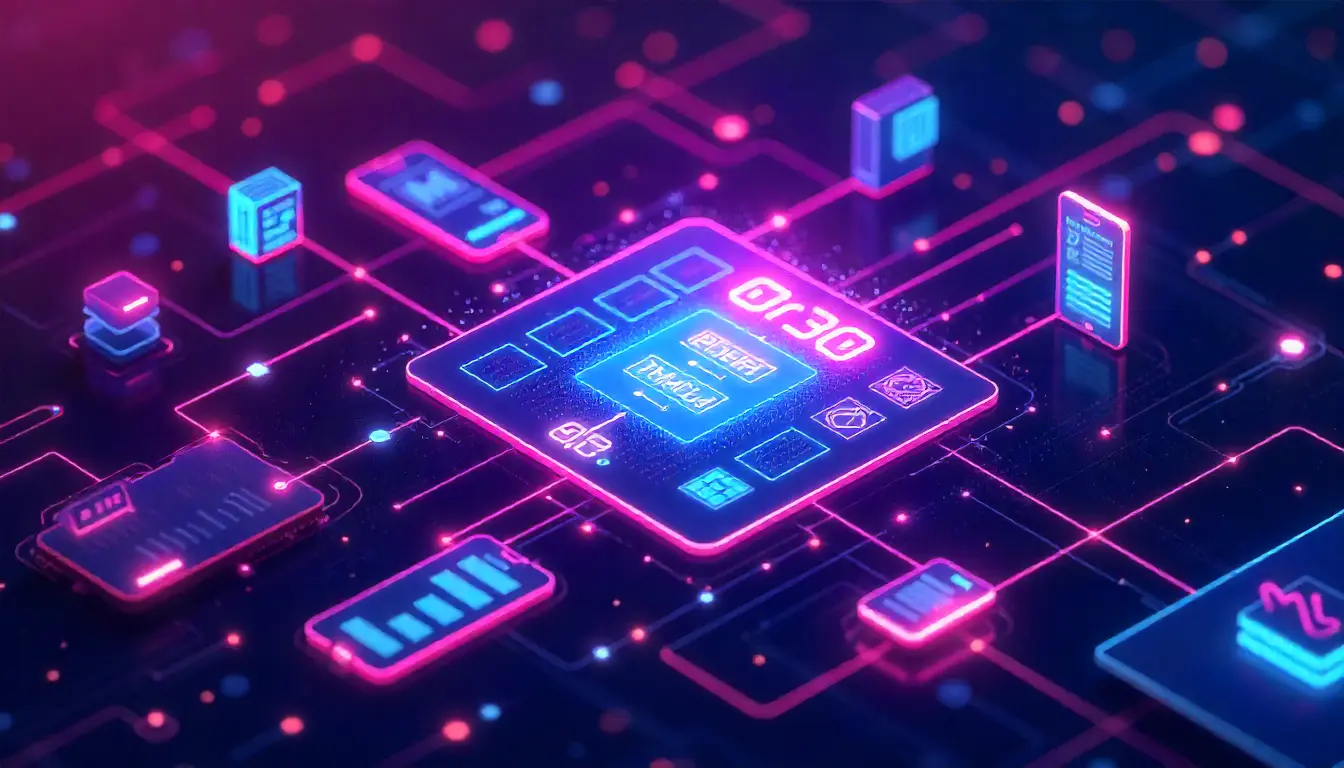Share
Table of contents:

A Headless Content Management System (CMS) is a type of content management system that decouples the backend content repository from the frontend presentation layer. Unlike traditional CMSs, which combine both the content management and delivery components into a single system, a headless CMS allows for greater flexibility in how and where content is displayed. This separation empowers developers to use various technologies and frameworks for the frontend while managing content through a centralized backend system.
Core Characteristics of Headless CMS
- Decoupled Architecture: The defining feature of a headless CMS is its decoupled architecture. This means that the content management functionalities, such as creating, editing, and storing content, are managed independently of how that content is rendered to users. The backend serves as a repository that provides content via APIs (Application Programming Interfaces), allowing developers to pull data into any frontend application, whether it be a website, mobile app, or IoT device.
- API-First Approach: Headless CMS solutions typically utilize a robust API-first approach, enabling seamless integration with various frontend technologies and platforms. Most headless CMSs expose RESTful or GraphQL APIs to facilitate data retrieval and manipulation. This design allows developers to build user interfaces using modern frameworks such as React, Vue.js, or Angular without being tied to a specific presentation layer dictated by the CMS.
- Content Delivery: With a headless CMS, content can be delivered to multiple channels simultaneously. Since the content is not locked into a particular display framework, it can be reused and presented across different platforms and devices, enhancing the omnichannel experience. For example, a blog post created in a headless CMS can be displayed on a website, a mobile application, and a digital signage display without needing to create separate content for each channel.
- Customization and Flexibility: Developers enjoy a high degree of customization when using a headless CMS. They can choose their preferred programming languages, frameworks, and tools for frontend development without being restricted to a specific stack provided by traditional CMS solutions. This flexibility allows for the creation of tailored user experiences that align with specific business needs and brand identities.
- Content Management Interface: While the "head" (frontend) is decoupled from the "body" (backend), headless CMS solutions typically provide a user-friendly interface for content creators and editors. This interface enables users to manage content, organize media assets, and collaborate on projects efficiently. The emphasis is on creating a streamlined experience for managing content without being concerned about how it will be displayed.
Implementation of Headless CMS
- Setting Up a Headless CMS: Implementing a headless CMS involves selecting a suitable solution that fits the project's requirements. Popular headless CMS options include Contentful, Strapi, Sanity, and Ghost. These platforms offer APIs for content delivery, user management, and media handling.
- Creating and Managing Content: Users can create and manage content through the CMS's dashboard. They typically define content types (e.g., articles, pages, products) and their corresponding fields (e.g., title, body, images). This structured content is stored in the backend, ready to be fetched by the frontend application.
- Fetching Content via APIs: Frontend developers interact with the headless CMS through APIs to fetch content dynamically. For example, a simple fetch request to a RESTful API might look like this in JavaScript:
javascript
fetch('https://api.example.com/content/articles')
.then(response => response.json())
.then(data => {
console.log(data);
// Render the content on the page
});In this case, the frontend application retrieves a list of articles stored in the headless CMS and processes the data as needed.
- Frontend Development: Developers can use any modern frontend framework or library to build the user interface. Since the content is fetched through APIs, they can design the UI to suit the application's needs without the limitations of traditional CMS templates. This allows for a highly interactive and dynamic user experience.
Mathematical Representation of Content Delivery
The efficiency of content delivery in a headless CMS can be assessed using performance metrics. Let:
- `R` represent the response time for fetching content (in milliseconds).
- `D` represent the amount of data delivered (in kilobytes).
- `U` represent the number of users accessing the content.
The efficiency of content delivery (`E`) can be expressed as:
`E = U / (R * D)`
This formula illustrates that as the number of users increases, the efficiency of content delivery improves if response times and data sizes are kept to a minimum. This efficiency is crucial for ensuring a smooth user experience, particularly during peak traffic times.
Headless CMSs are particularly beneficial in environments where content needs to be distributed across multiple platforms and devices. They are well-suited for enterprises and organizations that require flexibility in how content is presented and want to leverage various frontend technologies.
Industries such as e-commerce, media, education, and marketing are increasingly adopting headless CMS solutions to improve their content strategies. For instance, an e-commerce company can use a headless CMS to manage product descriptions, images, and specifications in a centralized location, serving that content through a website, mobile app, and even third-party marketplaces with ease.
Furthermore, as digital transformation accelerates, the demand for content-driven applications that integrate seamlessly with existing workflows is rising. Headless CMSs facilitate this by enabling teams to quickly adapt to changing market conditions, implement new features, and ensure that their content is always relevant and accessible.
In summary, a headless CMS is a versatile content management solution that decouples the backend content repository from the frontend presentation layer. By utilizing an API-first approach, it allows for flexible, efficient content delivery across multiple platforms. The ability to manage content independently of how it is presented enables developers to create custom applications tailored to specific user experiences while providing content creators with a streamlined interface for content management. This architecture positions headless CMSs as a powerful tool in modern web development, supporting the diverse needs of today's content-driven applications.











